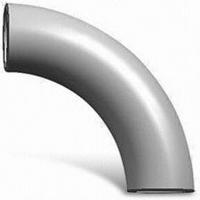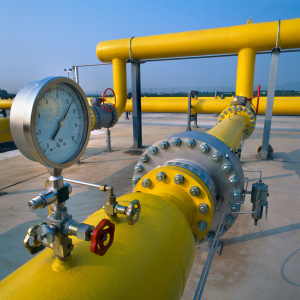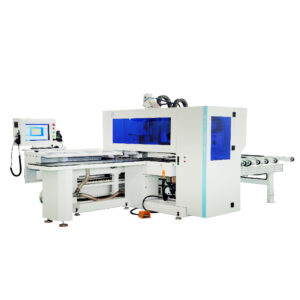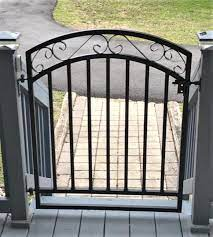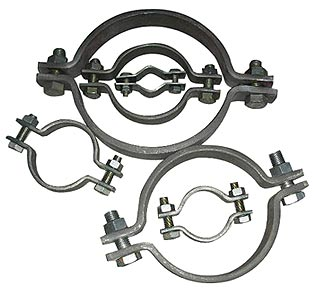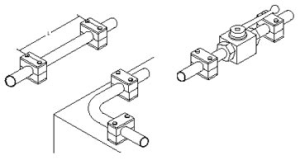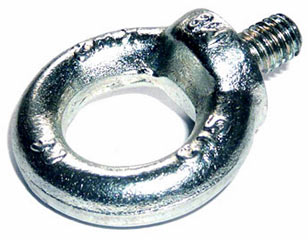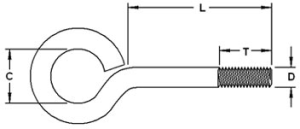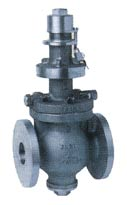Robotic technology has come a long way in recent years, with new developments and innovations constantly pushing the boundaries of what machines can do. One of the most exciting areas of robotics research today is the rise of collaborative robots, or “cobots,” which are designed to work alongside human operators in a variety of settings.
Unlike traditional industrial robots, which are often large, heavy, and dangerous to work with, cobots are smaller, more flexible, and easier to program. They are also equipped with advanced safety features, such as sensors and cameras, which allow them to detect and avoid obstacles and humans in their environment.
The use of cobots has many potential benefits for industries ranging from manufacturing to healthcare. In manufacturing, for example, cobots can be used to perform repetitive or dangerous tasks, such as welding, painting, or assembly. In healthcare, cobots can assist doctors and nurses with tasks such as patient lifting and transferring.
Recent advances in cobot technology have also made it possible for these machines to learn and adapt to their environment over time. This means that they can become more efficient and effective as they work, making them an ideal solution for industries that require flexibility and adaptability.
The growing popularity of cobots is reflected in the market, with a number of companies now offering cobot solutions for a variety of industries. Some of the most well-known cobot manufacturers include Universal Robots, ABB, and KUKA.
While cobots have many potential benefits, however, there are also some challenges that need to be addressed. For example, there is a need to develop better communication protocols between cobots and human operators, and to ensure that these machines are programmed and maintained correctly to minimize the risk of accidents or errors.
Overall, the rise of collaborative robots is an exciting development in the world of robotics, with many potential applications and benefits. As the technology continues to evolve and improve, it is likely that we will see even more innovative uses for these machines in the years to come.
